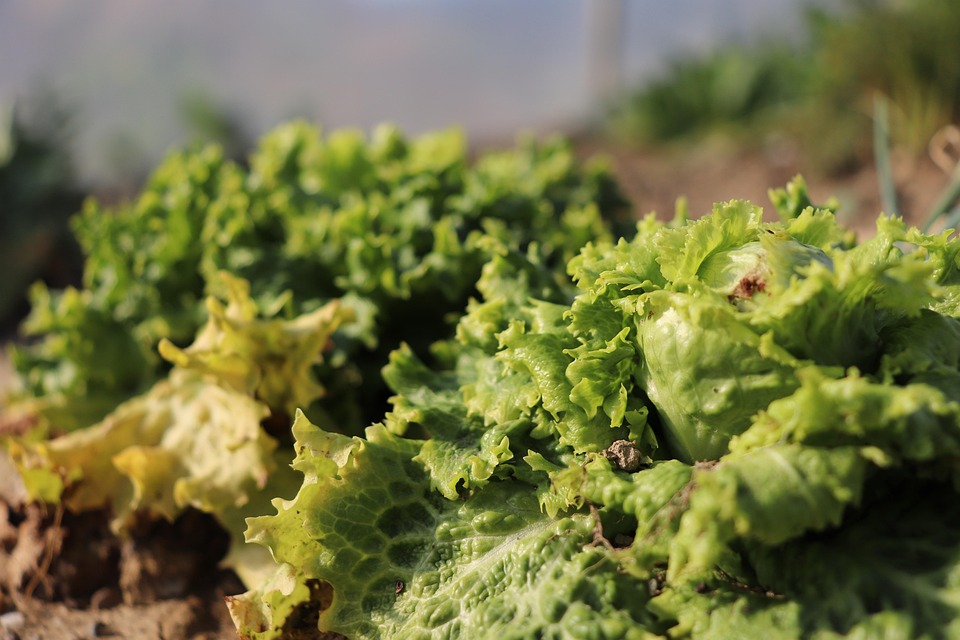Designing with Purpose: How to Implement Sustainable Practices in Your Garden
## Designing with Purpose: How to Implement Sustainable Practices in Your Garden Gardens have long been a sanctuary—a place where the hustle and bustle of daily life fades away, and the wonders of nature take center stage. I remember the first time I planted my own vegetable garden, with seeds nestled carefully in the soil, sunlight filtering down through the leaves above. That moment was transformative; not only did I witness the miracle of growth, but I also discovered the importance of cultivating a space that respects the environment while providing nourishment. Designing with purpose in the garden can foster a sustainable ecosystem that benefits both you and the planet. Let’s dive into how to create a sustainable garden filled with life, flavor, and purpose! ### Understanding Sustainability in Gardening Sustainable gardening emphasizes the relationship between planted environments and ecological balance. It’s about more than just growing food; it’s about nurturing the soil, conserving water, and fostering biodiversity. Here are some fundamental principles of sustainable gardening to consider as you design your own green oasis: 1. **Soil Health**: Healthy soil is the backbone of a thriving garden. It’s alive with microorganisms and organic matter. Enhancing soil health can be achieved through composting, using organic fertilizers, and practicing crop rotation. 2. **Water Conservation**: Water is a precious resource! Exploring ways to reduce water consumption—like using drip irrigation or rainwater harvesting—can make a big difference. 3. **Biodiversity**: Promoting variety in plant species enhances resilience against pests and diseases. Companion planting not only maximizes space but also encourages beneficial insects. 4. **Native Plants**: Incorporating native plants into your garden will not only reduce maintenance but also attract local wildlife and pollinators. These plants are adapted to your local climate and soil conditions, requiring less water and no chemical inputs. 5. **Waste Reduction**: A sustainable garden makes the most of what you have. Utilize kitchen scraps in a compost pile, create DIY gardening tools from reused materials, and minimize plastic use whenever possible. ### Creating a Sustainable Garden Design When you’re ready to design your garden, integrate sustainability from the ground up. Here are some actionable ways to design with purpose: #### 1. Assess Your Space Before planting, take a close look at your surrounding environment. Assess factors like sunlight, wind patterns, and soil type. This understanding allows for strategic placement of plants and structures, optimizing resource use. #### 2. Plan Your Layout A thoughtful layout can maximize efficiency and aesthetics. Here are some design ideas: – **Raised Beds**: Consider raised beds to improve soil drainage and reduce weed competition. They also elevate your garden, making it easier to manage and harvest. – **Permaculture Zones**: Use permaculture principles by zoning your garden. Keep frequently accessed plants close to your home for easy harvesting and maintenance. – **Vertical Gardening**: Conserve space and add visual interest with vertical gardening. Wall-mounted planters and trellises can support vining plants, creating a lively, productive backdrop. #### 3. Select Your Plants Wisely Choosing the right plants is crucial for a successful sustainable garden. Here’s how: – **Companion Planting**: Some plants naturally benefit each other. For instance, combining tomatoes with basil can enhance growth and deter pests. – **Seasonal Crops**: Opt for crops that thrive in your local climate and consider a staggered planting schedule to ensure a continuous harvest throughout the seasons. – **Edible Landscaping**: Transform your landscape into an edible haven. Fruit trees, berry bushes, and herbs can beautify your outdoor space while providing fresh produce. ### Implementing Sustainable Practices Once you have your garden planned, it’s time to implement sustainable practices. Here are some practical tips: #### 1. Composting Turning organic waste into nutrient-rich compost is both sustainable and rewarding. Set up a compost bin in your garden to recycle food scraps, lawn clippings, and fallen leaves. This not only nourishes your plants but reduces landfill waste. #### 2. Mulching Mulch helps to retain soil moisture, suppress weeds, and gradually enrich the soil as it breaks down. Use organic materials like wood chips, straw, or shredded leaves for a natural look. #### 3. Water Conservation Techniques To keep water use at a minimum while still ensuring plant health, consider: – **Drip Irrigation**: This system allows water to drip slowly to the roots of plants, minimizing evaporation and runoff. – **Rain Barrels**: Collecting rainwater for irrigation is a straightforward way to conserve water. Position barrels under downspouts to capture runoff. #### 4. Pest Management Sustainable gardening often means finding natural ways to manage pests. Utilize integrated pest management (IPM) techniques that include: – **Beneficial Insects**: Attract ladybugs, lacewings, and other predatory insects by planting flowers like marigolds. – **Natural Repellents**: Garlic and hot pepper sprays can deter unwanted pests without resorting to chemical pesticides. #### 5. Crop Rotation Change the position of different plant families in your garden each season to prevent soil depletion and manage pest populations. ### Pro Tips for Sustainable Gardening To elevate your garden game, consider these pro tips: – **Start Small**: If you’re new to gardening, don’t overwhelm yourself. Start with one or two raised beds and gradually expand as you gain confidence and experience. – **Keep a Garden Journal**: Documenting your planting dates, growth patterns, and any challenges you face can be invaluable when planning future seasons. – **Engage with Community**: Joining local gardening clubs or online forums can open doors to new ideas, resources, and friendships. Collaborating with others fosters community and enables you to share insights and successes. – **Practice Patience**: Gardening is a natural process that requires time and patience. Celebrate the small victories and don’t get discouraged when things don’t go as planned. ### Celebrating the Fruits of Your Labor After implementing these sustainable practices, the rewards will become evident. You’ll enjoy healthier, tastier produce and find joy in knowing you’re positively impacting the environment. Put on your apron, gather your harvesting basket, and enjoy the simple pleasure of a fresh salad or a hearty soup made with ingredients straight from your garden. There’s nothing quite like that










